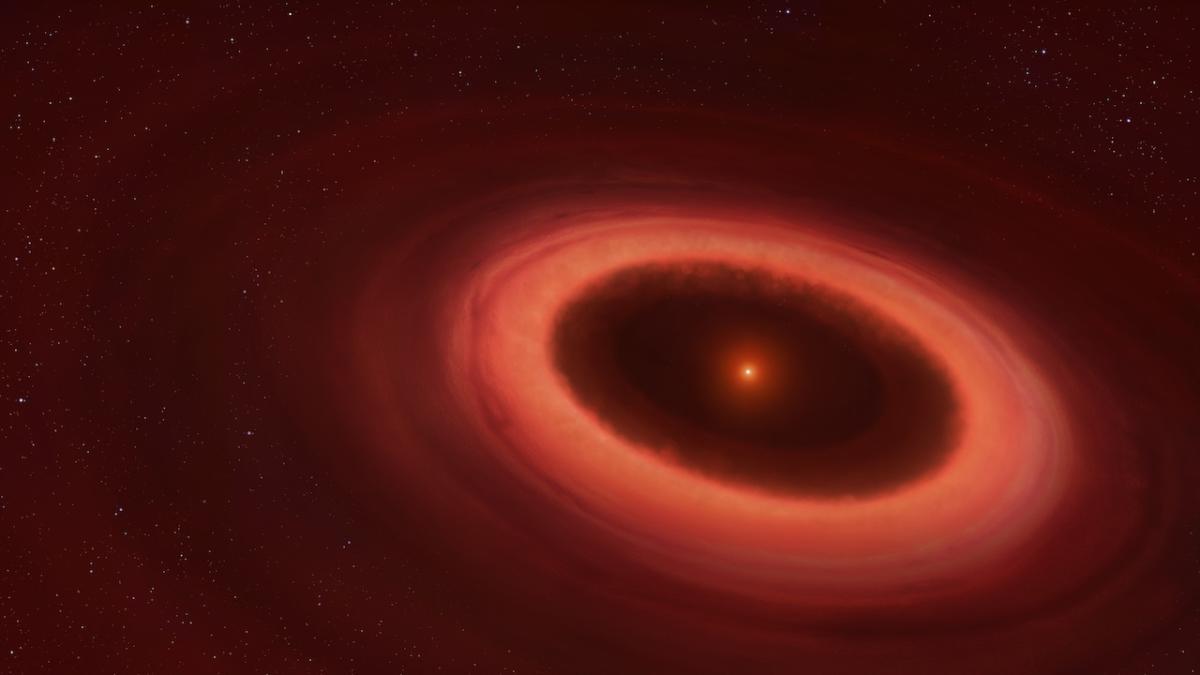They discover an interstellar gate leading to Proxima Centauri.

A team of researchers has identified what could be an interstellar gateway towards Proxima Centauri, opening up the possibility of a network of space tunnels connecting different regions of the Milky Way. These results come from observations of the so-called Local Hot Bubble (LHB), a large region in which interstellar material is less dense but emits strong X-ray radiation.
Researchers believe that this bubble, formed about 14 million years ago by supernova explosions, may contain interstellar “passages” allowing transit between distant regions of the galaxy. In these passages, hot gas moves through regions of lower resistance, forming paths that 3D models show head toward the galaxy’s poles.
Thanks to the eROSITA telescope, a joint mission between Germany and Russia has revealed unprecedented details about the LHB and other similar bubbles. Located at the L2 Lagrange point, this telescope takes images without terrestrial interference, allowing the identification of possible hot gas tunnels between cosmic bubbles. Researcher Michael Freyberg points out that the local bubble appears to be expanding towards the galactic poles and is interconnected with other bubbles, suggesting the presence of a network of cosmic “gates”.
This is not the first time space tunnels have been observed: in 1991, a similar structure was discovered in the constellation Canis Major, extending towards the star Mirzam, located at a distance of more than 500 light years from us. This suggests that such “gates” may be common in the Milky Way, allowing hot gas to move into less dense regions of interstellar space.
The discovery offers new insight into the structures of interstellar space, highlighting how supernovae and stellar wind from young stars form paths that could hypothetically represent passages to other stars. While more research is needed to fully understand the extent of these interstellar gateways, scientists have not ruled out the possibility that these networks of bubbles could one day provide direct routes to nearby stars such as Proxima Centauri.
